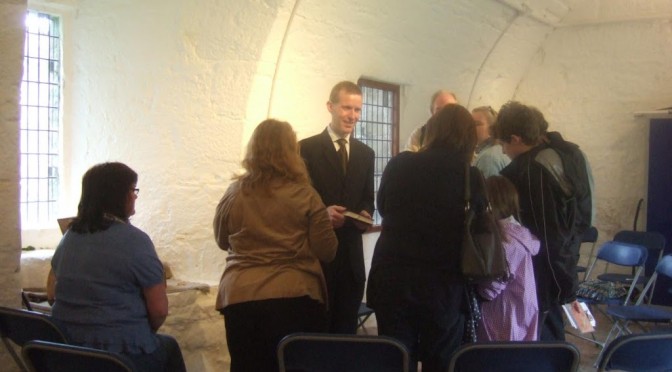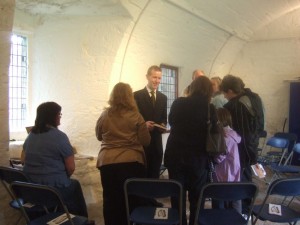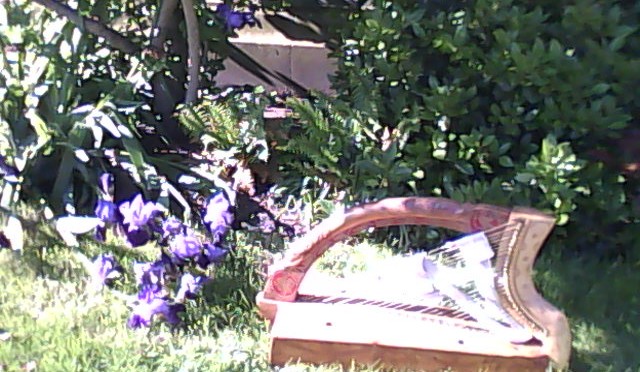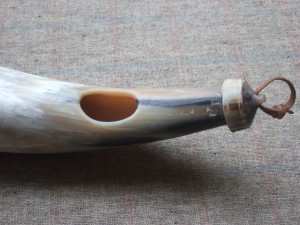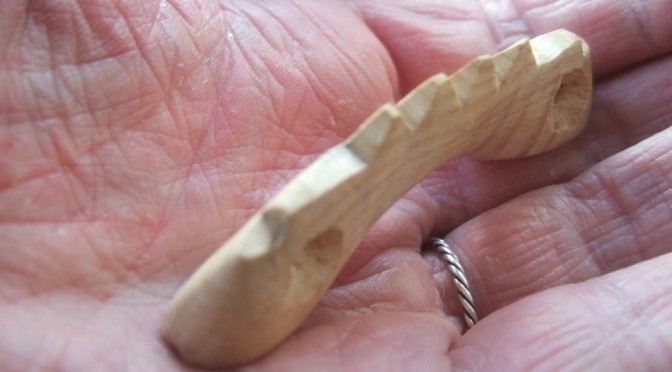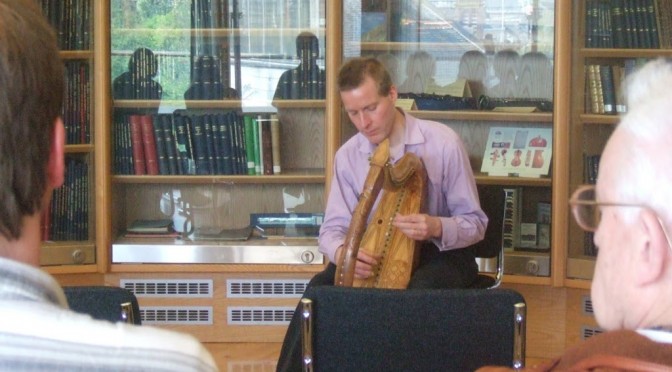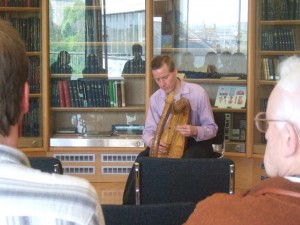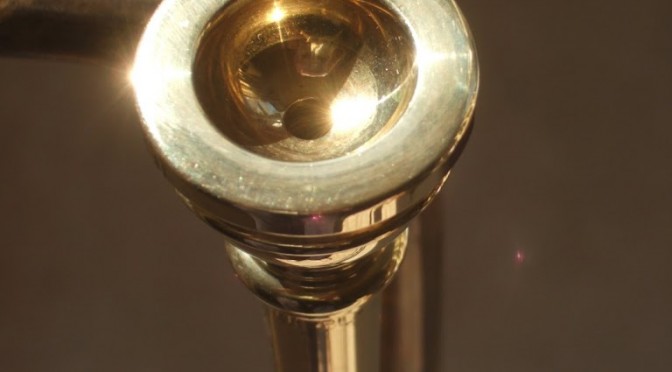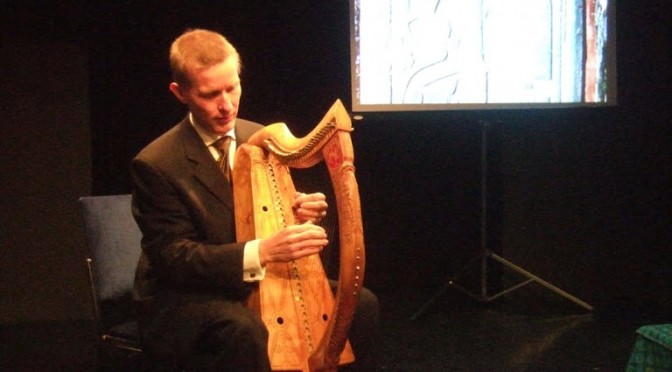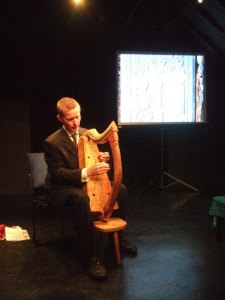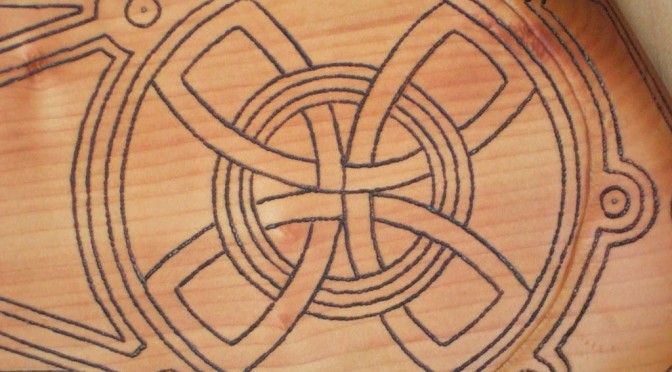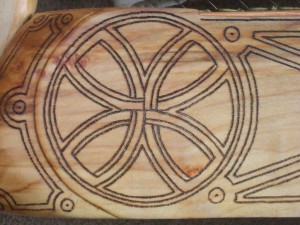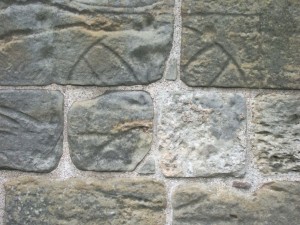Simon Chadwick is about to start his much-loved annual summer series of medieval harp concerts in St Andrews Cathedral. The first event in the series is a programme of medieval church music from the 12th century.
The concert is on Tuesday 5th June, at 12.45pm, in the Priors House, a medieval vaulted chamber in the cathedral grounds in St Andrews.
This concert features a programme of sacred music from the medieval heyday of the cathedral, including tunes lifted from St Andrews Cathedral’s own medieval manuscript of sacred chants. There will also be music for St Columba, from Inchcolm abbey in the Firth of Forth.
As well as playing the Scottish monastic plainchant on his beautiful decorated replica of the medieval Scottish Queen Mary harp, Simon will demonstrate other unusual musical instruments that were played in medieval Scotland during the half-hour concert.
Simon is based in St Andrews, and is a specialist in historical Scottish and Irish music. His harp was commissioned from a sculptor in Ireland, and is an exact copy of the medieval harp which is preserved in the National Museum of Scotland in Edinburgh, and which was said to have once belonged to Mary Queen of Scots. Simon teaches and performs at events across Scotland, and helps run an annual summer school in Ireland for the historic Irish and Scottish harp music.
The St Andrews Cathedral concert series will continue on the first Tuesday of each month through to September, with a different theme each month. Click here for full details.
July’s programme will use medieval and traditional tunes and song to tell the fascinating story of Margaret of Scotland, her wedding to the King of Norway in 1281, and the dramatic historical events over the following decade culminating in the succession crisis and Robert the Bruce; while August’s recital will present the “Old Gaelic Laments” featured on Simon’s newly released CD.
